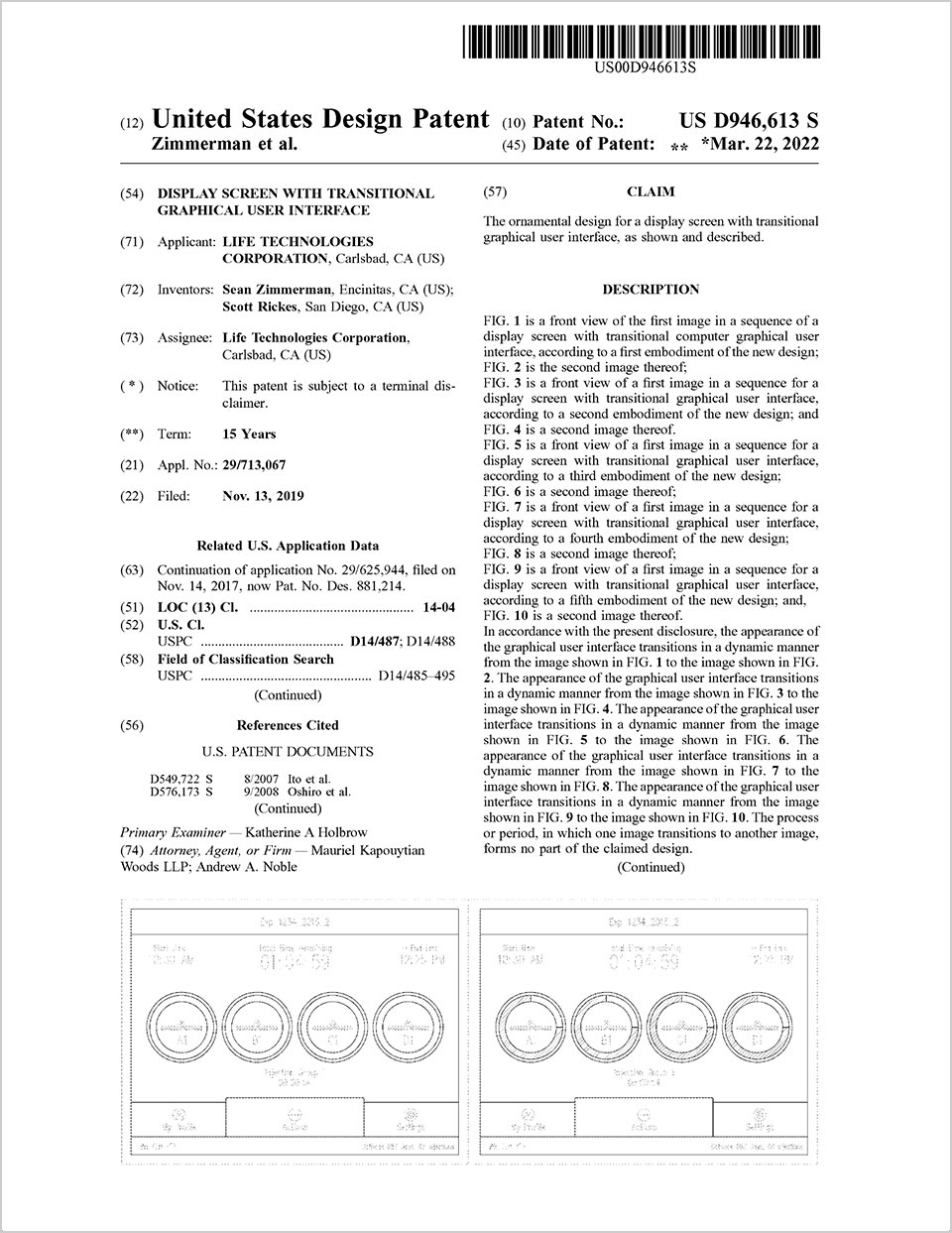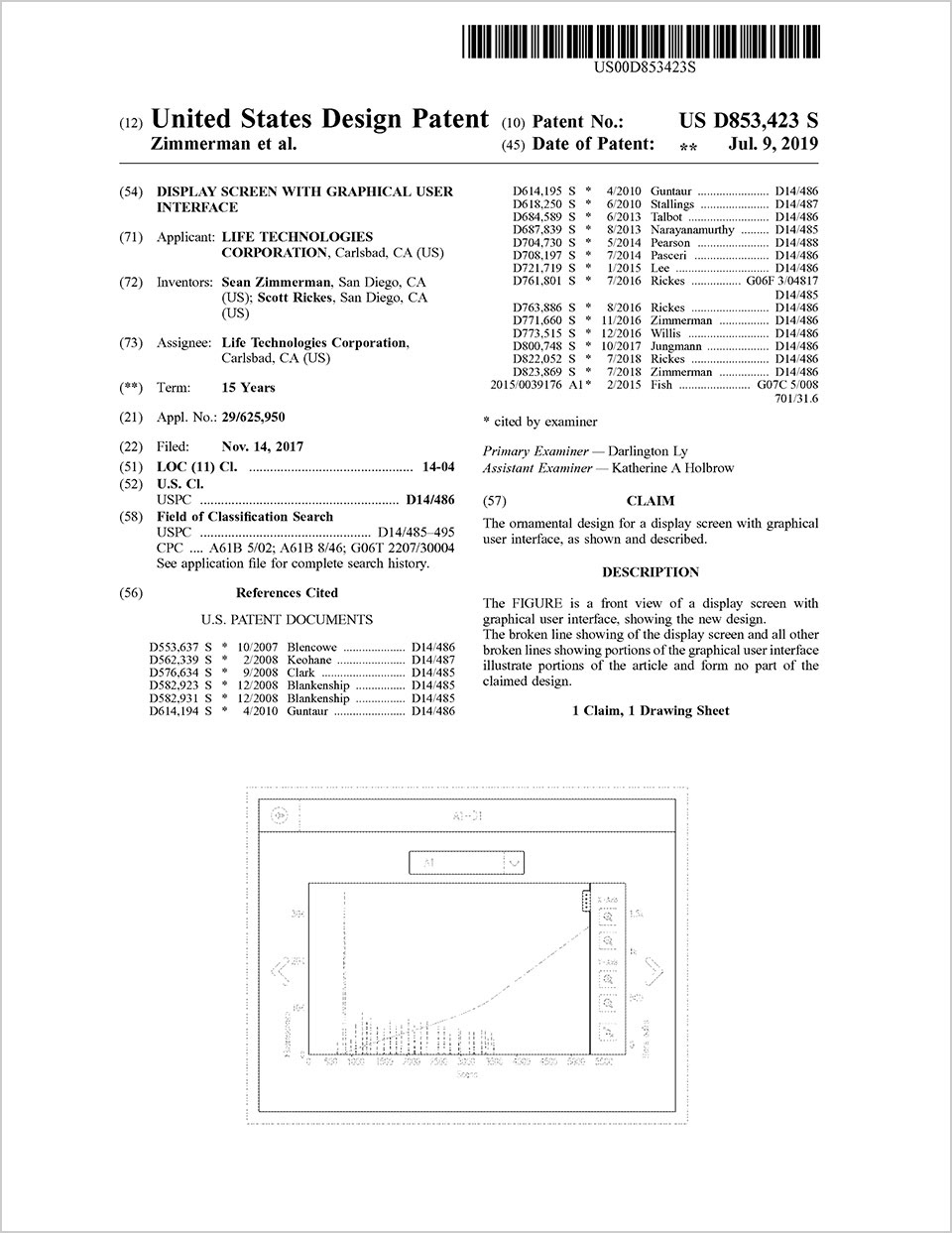The Product Team
--------------------------------------------
--------------------------------------------
1 UI Designer
1 UX Designer
1 Industrial Designers
--------------------------------------------
In January of 2020, scientists in Australia were first to sequence the Covid virus’s genome, using the SeqStudio Genetic Analyzer. This sequence provided the roadmap to creating a diagnostic test that's used around the world, today.
Project duration: 2 years
In January of 2020, scientists in Australia were first to sequence the Covid virus’s genome, using the SeqStudio Genetic Analyzer. This sequence provided the roadmap to creating a diagnostic test that's used around the world, today.
Project duration: 2 years
Overview
Designed for use by research assistants & scientists, the SeqStudio Genetic Analyzer is a low-throughput, easy-to-use system that makes running capillary electrophoresis (CE) experiments easier. It also facilitates collaboration through Thermo Fisher Cloud based sharing and applications, and introduces new opportunities to run both sequencing and fragment analysis samples at one time.
The Challenge
Introduce a new design philosophy to a set of customers, in a completely different field of science. Something I can tell you about scientists is they don't like change. When something "seems" to be working for them, they really don't want to change anything. Our new approach will make setting up a run faster, with the ability to share information and collaborate like they had never done before. Also, this analyzer should be able to perform simultaneous sequencing and frangment analysis runs on the same plate. With this in mind, we would have to create easy-to-use plate interactions, while simultaneously able to share this information in the cloud.
My Approach
Collaborate with my UX and Research partners who have provided me with extensive knowledge about touchscreen interfaces, to craft some of the most visually appealing and user-friendly interfaces in the industry. This all begins by utilizing the elements already established for the design system, and apply them to this project. Undoubtedly, there will also be opportunities to create brand new elements, to add to this system.

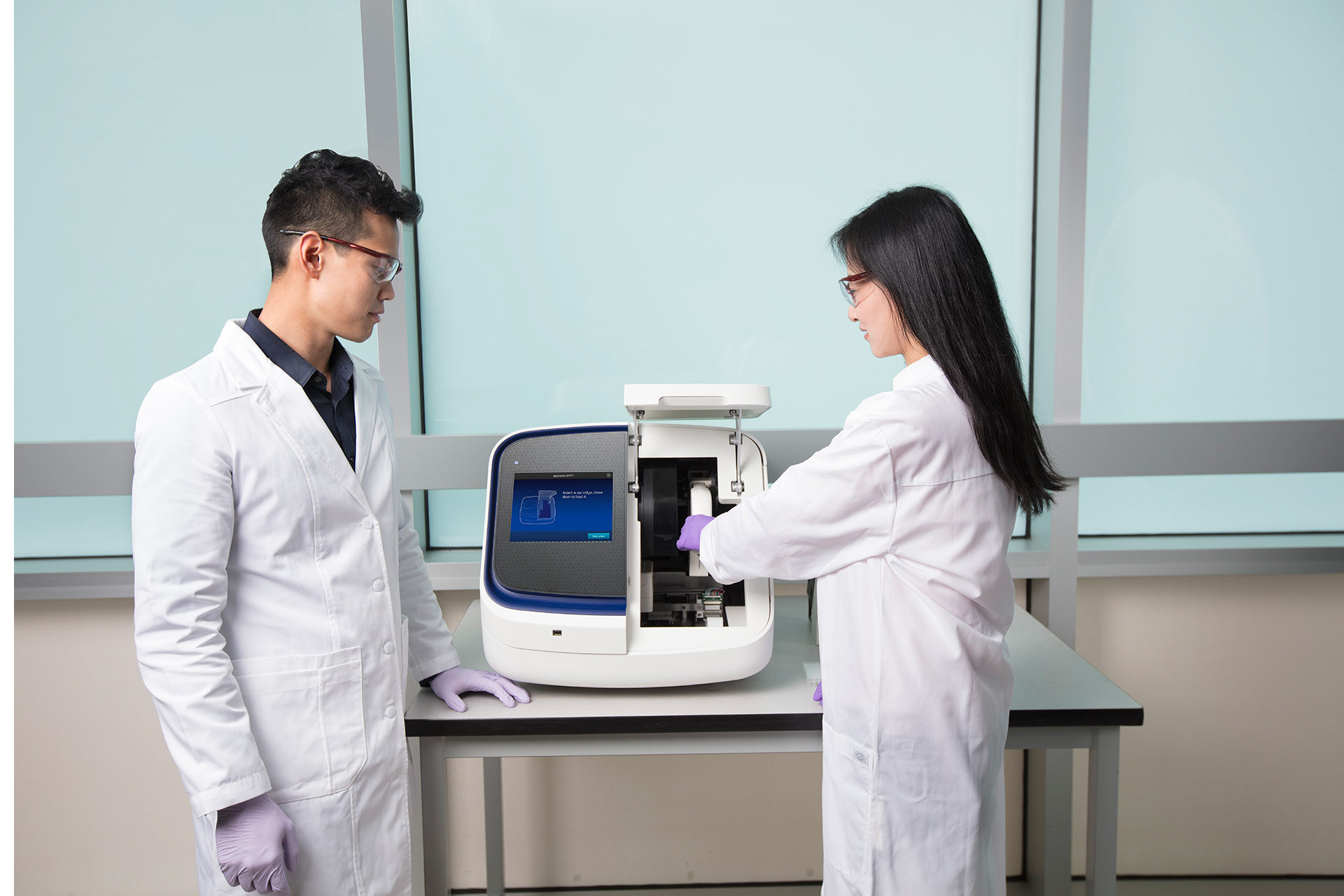
The Philosophy
In the previous project I showcased, I didn't delve deeply into the specific philosophy our team adopted for our embedded user interfaces. We started considering these designs akin to mobile applications, emphasizing simplicity and usability. While this concept might appear straightforward, it inherently means that as designers, we must distill everything down to its most basic form. As an example, look at the graphic below:
Philosophy Continued...
In every design project, our primary task is to identify the main focus of each page. There's always one. Our responsibility is to recognize it and ensure a smooth flow. By streamlining tasks, we help users feel in control, which is the essence of our design philosophy. This approach aligns with the well-known concept of Progressive Disclosure. The principle is straightforward: relegate advanced or seldom-used features to a secondary screen to make applications easier to learn and less prone to errors. As a team, we've embraced and taken this philosophy to its utmost implementation. It's actually what has set us apart from our competitors.

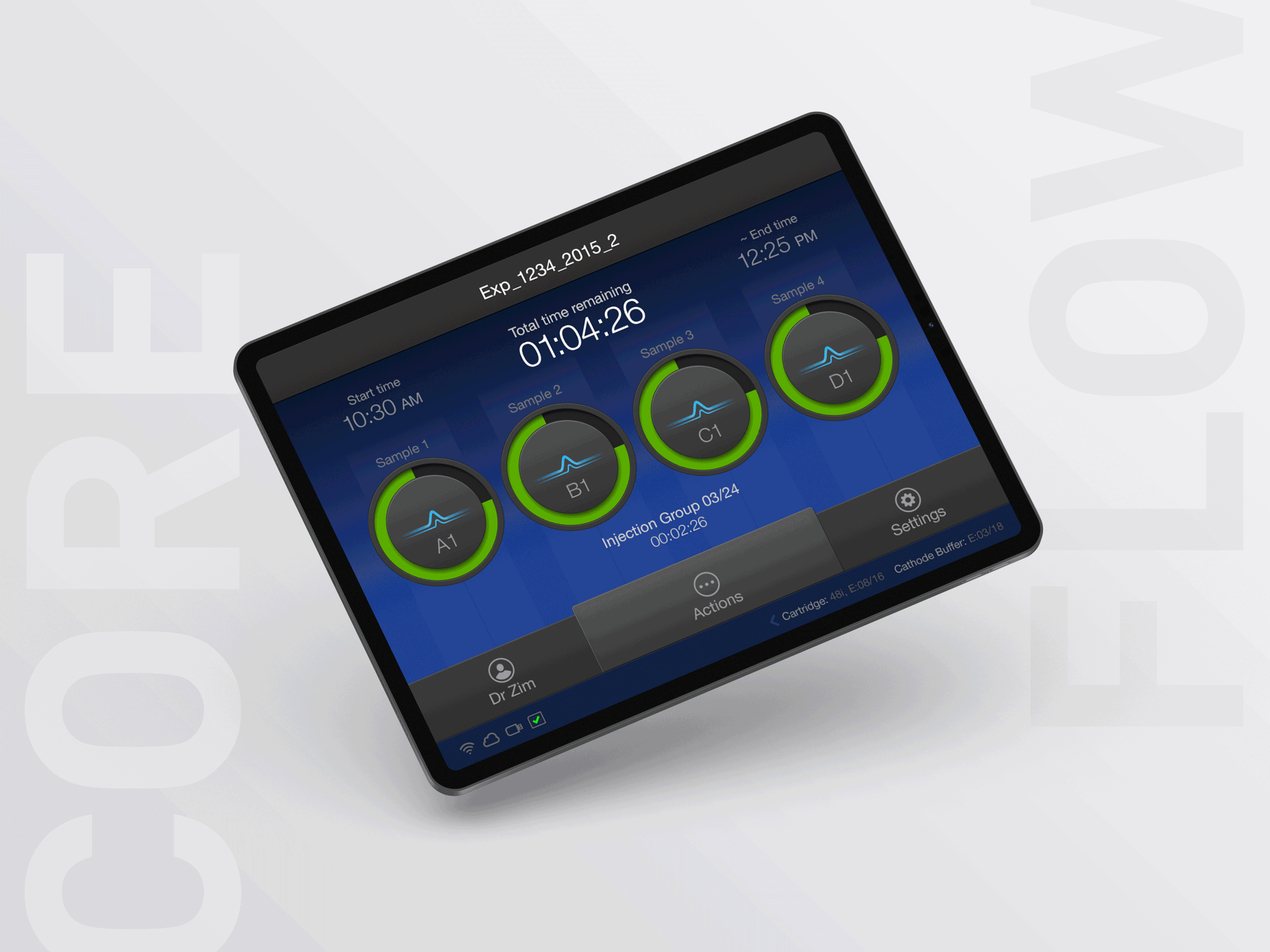
Color Studies & Plate Design
As I mentioned, plates are a big deal on this project. The scientist needs to be able to set up runs by matching their plate layouts with the digital equivalent. Because of this, we needed to do a color study on white (analysis web application uses a white background) vs the darker blue, that's shown on the instrument. In an ideal situation, we don't ever change colors based on the background. The studies seen below were completed to make sure the colors chosen are accessable in both scenarios. We also provided an order of colors to choose from - first 12, second 12, and so on.
Below are a couple examples of plate interactions. Being able to provide the user a legend to help identify how to read the plate layout was very important. And, when they need to select an injection group, the information they need jumps front and center.

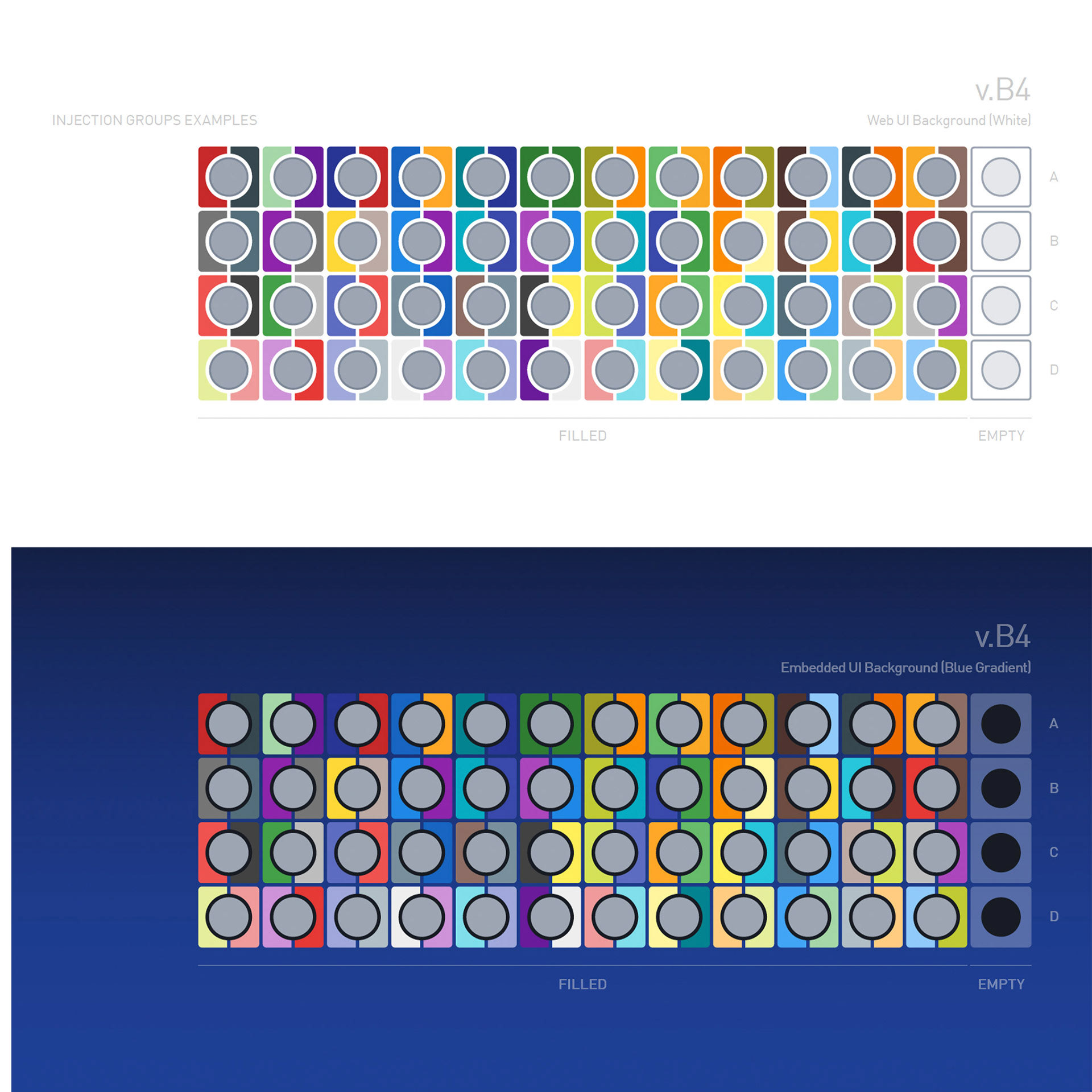
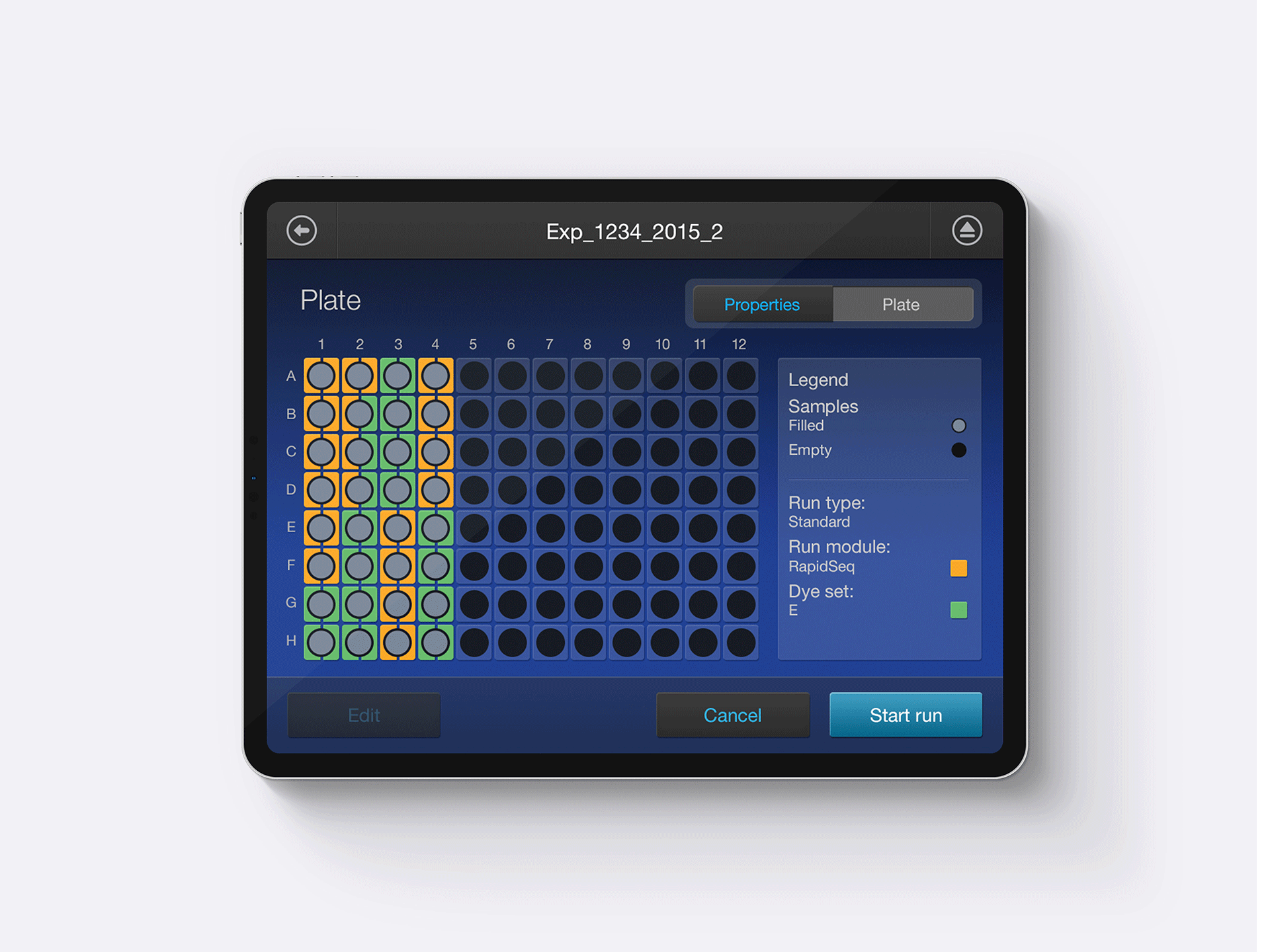
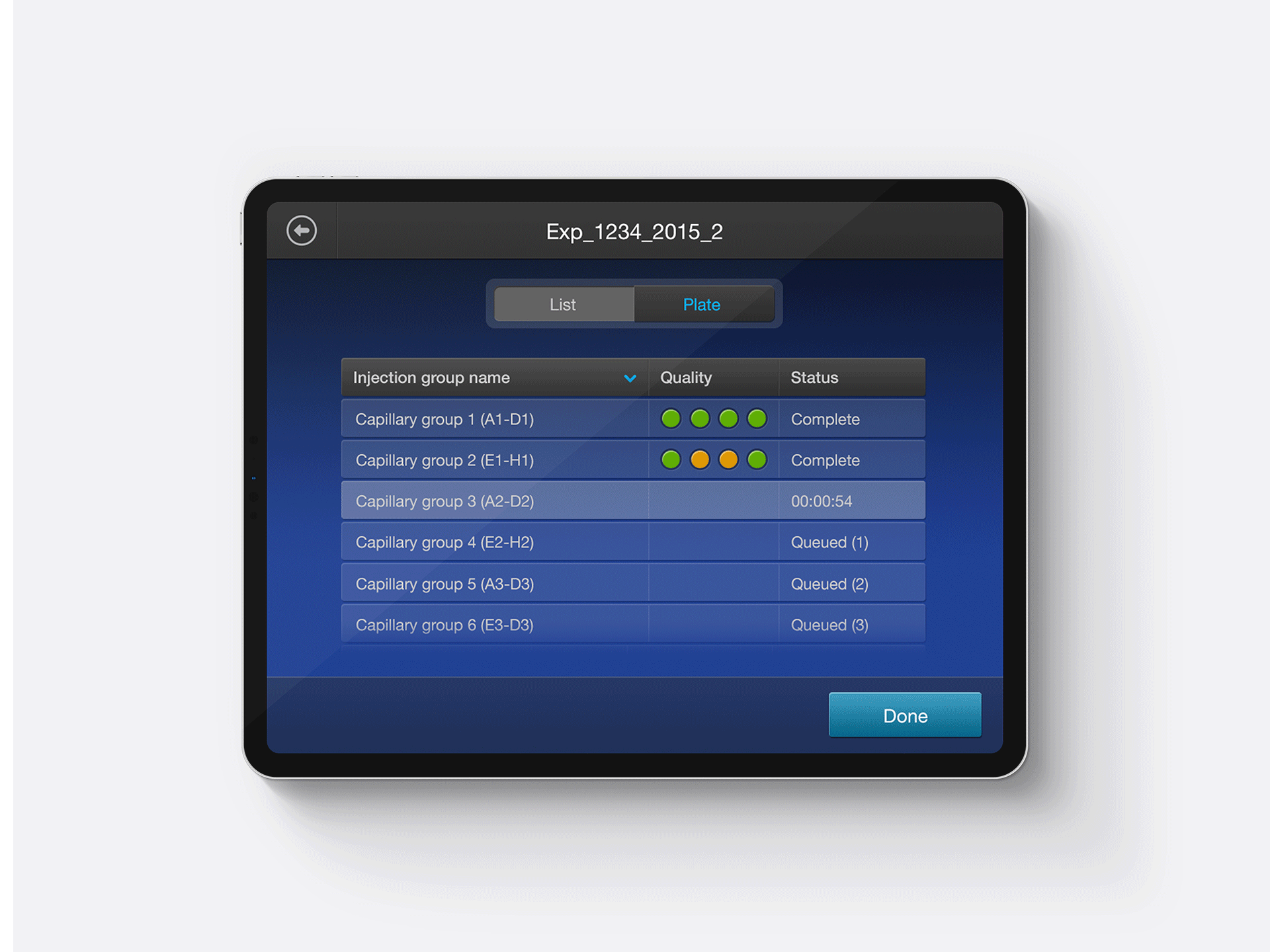
Data Visualizations for Sequencing and Fragment/HID Analysis
A crucial aspect of designing the screens for this instrument involved comprehending the data that required processing and subsequently visualizing it in a straightforward manner. In this segment, I will present a selection of these designs. Notably, these designs have contributed to earning a patent.
Instrument Connect - Mobile Application
As previously mentioned, a key feature of the product was its ability to upload information to the cloud. This feature enabled scientists to monitor their experiments remotely. To facilitate this, we developed a mobile application named 'Instrument Connect'. While designing this app, our primary focus was on fostering collaboration and providing flexibility. I was responsible for both the User Experience (UX) and User Interface (UI) designs for this project.
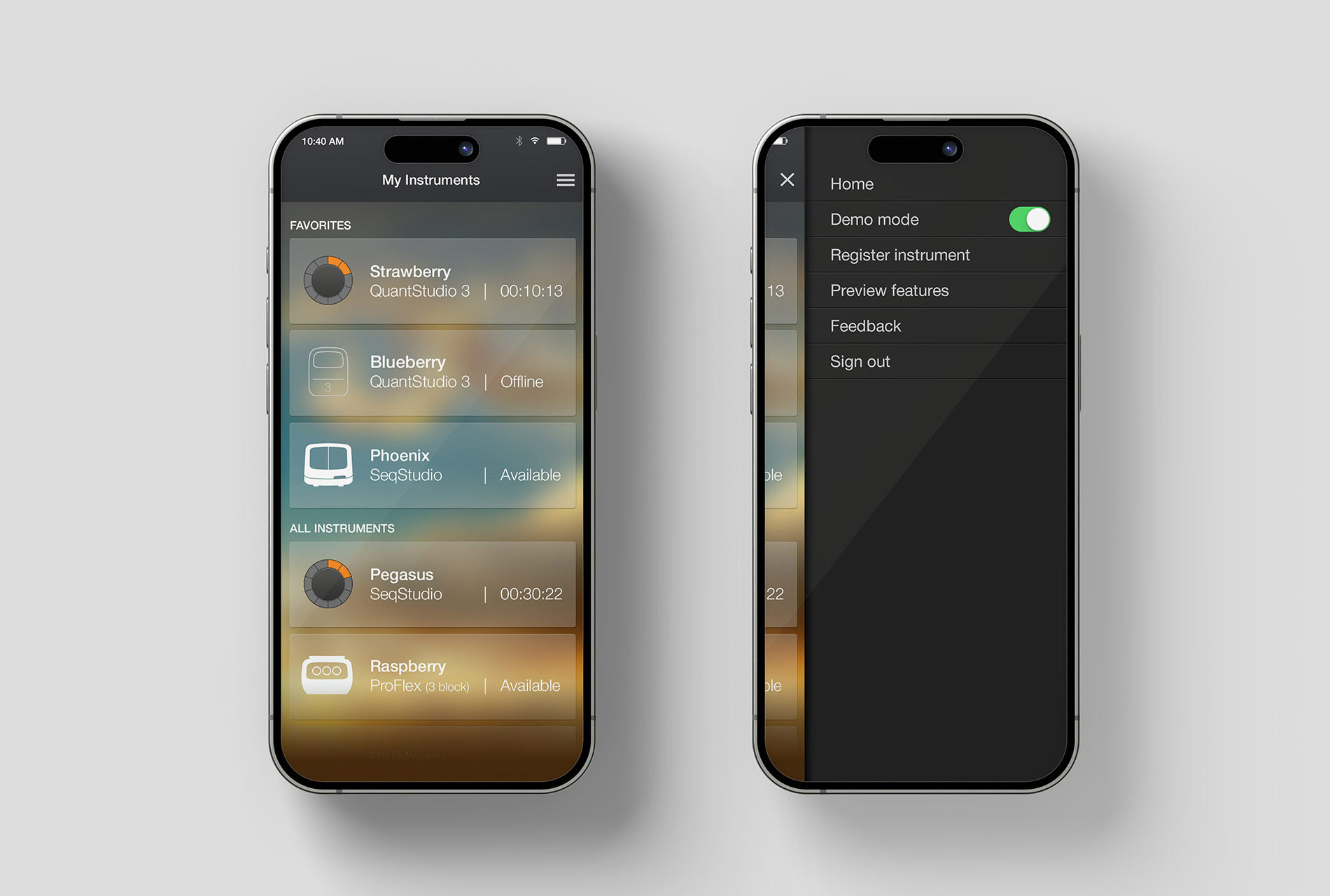


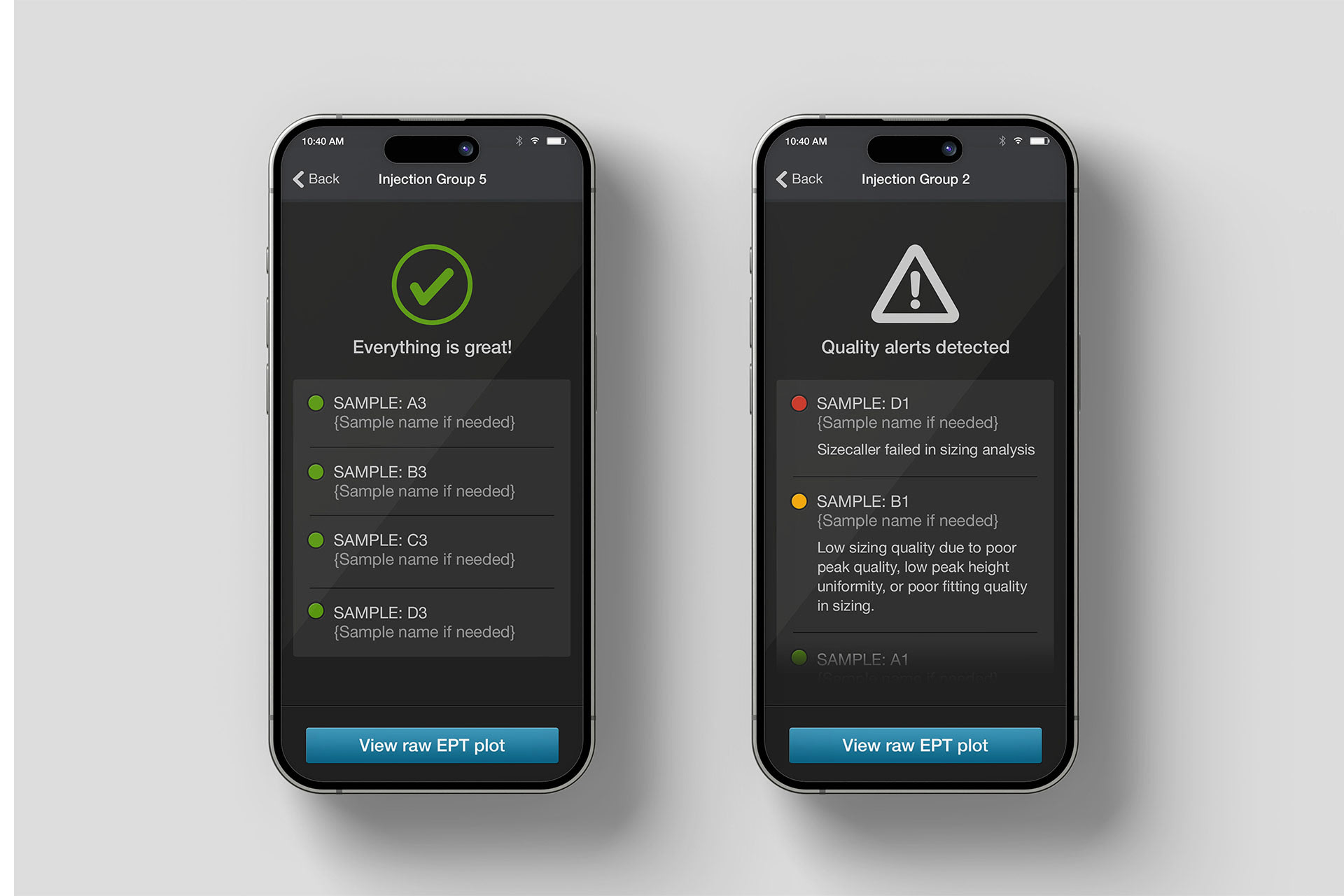
Real-Life Achievements and Awards
In January of 2020, scientists in Australia were first to sequence the Covid virus’s genome, using the SeqStudio Genetic Analyzer. This sequence provided the roadmap to creating a diagnostic test, that most of us are familiar with, today.
